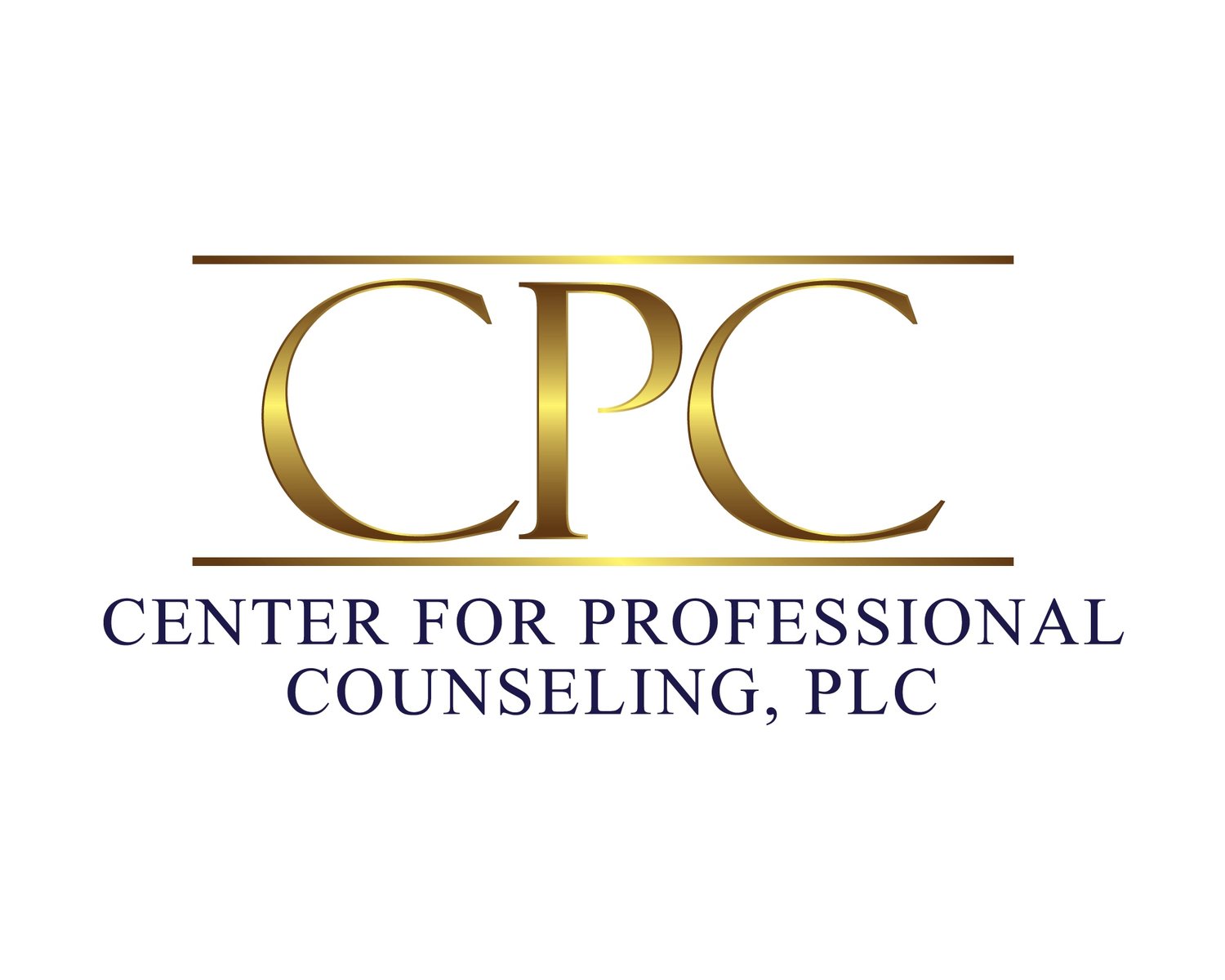How to Treat OCD
More
OCD Treatment at Stop My OCD
What is OCD?
At Center for Professional Counseling, we are experts in how to treat OCD. We have developed our own proprietary treatment methodology that we call Doubt Reduction and Inhibitory Learning (DRIL). It incorporates elements of Inference-Based Cognitive Behavioral Therapy (I-CBT), Exposure and Response Prevention (ERP) and Acceptance and Commitment Therapy (ACT), all proven therapies used to treat OCD.
Habituation
Prior to the development of I-CBT and Inhibitory Learning, the question of how to treat OCD was answered using the concept of habituation. Have you ever been ready to jump into a pool but you feared that the water would feel too cold? You hesitate and maybe enter the water slowly as you let yourself become comfortable with the temperature. Once you are fully immersed, you soon become comfortable with the water temperature and can enjoy yourself. Then, when it is time to get out of the pool, you plan to grab a towel quickly because you fear feeling very cold as soon as you emerge from the water.
This process is called “habituation.” We can be afraid of the consequences of an action and then if we immerse ourselves in it, the more we are exposed, the more comfortable it becomes.
Habituation is one long-standing treatment methodology for OCD. Through a series of exposures designed around your specific symptoms, our therapists can help you habituate to your situation so that your fears are reduced and your OCD no longer maintains a strong hold on you.
I-CBT
The answer to the question how to treat OCD has been further expanded by the development of I-CBT. According to the developers of I-CBT, Inference-based Cognitive-Behavior Therapy (I-CBT) is an evidence-based treatment that is based on the central idea that obsessions are abnormal doubts about what “could be”, or “might be” (e.g. “I might have left the stove on”; “I might be contaminated”; “I might be a deviant”).
According to this approach, obsessional doubts do not come out of the blue, but they arise as the result of a dysfunctional reasoning narrative that is characterized by a tendency to distrust the senses and an over-reliance on the imagination.
As a result, obsessional doubts are able to persist without ever being resolved by carrying out compulsions.
(See www.icbt.online)
Inhibitory Learning
An additional emerging treatment methodology how to treat OCD is called the inhibitory learning model. The methodology functions by maximizing the extinction of fear by using ERP to learn new safety information. Inhibitory learning sets the stage for patients to experience habituation, disconfirmation of OCD beliefs, increased tolerance of distress and uncertainty. These experiences build a sense of mastery and self-efficacy, which further strengthen patients’ motivation for and confidence in their ability to recover from OCD.
OCD sufferers will tell you that they have obsessions that lead to fears. For example, a mother may fear harming her child. She has consistent compulsive thoughts about this yet she never acts on it. This is because in OCD, the sufferer does not want to perform the obsession, it is truly nothing more than a thought.
The thought feels real and thus can be terrifying but at the end of the day it always remains just a thought. The mother may resort to compulsions such as refusing to be alone with her child to assuage her fears. The truth is that these compulsions help her reduce the anxiety caused by her thoughts but even without the compulsions, her child is not in danger. Simply put, the mother’s core values would never let her harm her child. Even if she tried to cause harm she could not do it.
Thus, when describing how to treat OCD, we now know that inhibitory learning helps clients understand that they may have the thought that, as in this case, “I am going to harm my child” but it is simply a thought and nothing more. When clients learn how OCD works, they can manage future thoughts as well. The goal of ERP is therefore to learn safety in a way that permanently inhibits obsessional fear.


